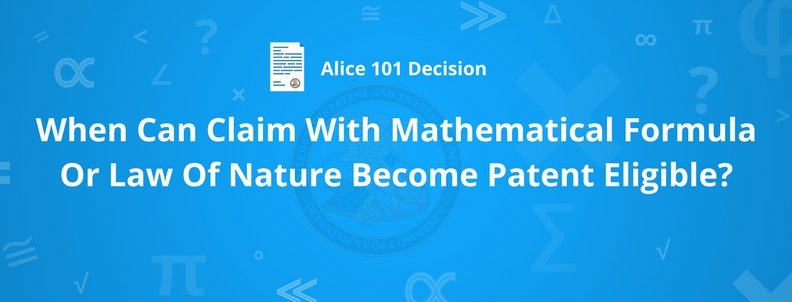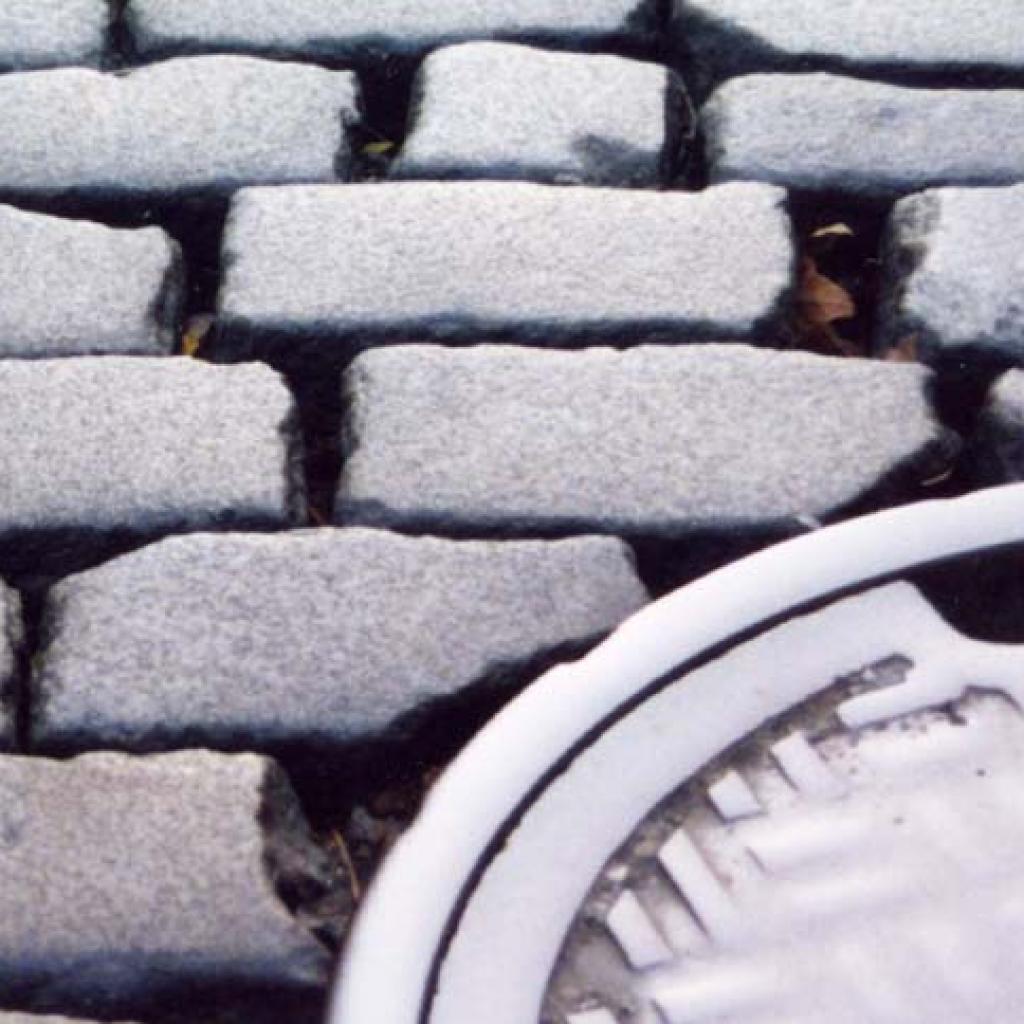The gist of the verdict: Claims having a mathematical formula or an application of laws of nature are patent eligible if they improve a particular process.
If you don’t know, the Joint Strike Fighter (JSF) program under which the US and other allied nation developed a fifth generation single engine aircraft, F-35, for their Navy and Air force is the world’s most expensive weapons program. The cost of the project is near $400 billion.
Further, the helmet mounted display (HMD) of F-35 is the most advanced HMD which provides unprecedented situational awareness to a pilot. A single HMD for an F35 aircraft costs $400k.
Thales Visionix Inc (TVI) sued US Govt. asserting the HMD of F-35 infringes claims 1–5, 11–13, 20, 22–26, 32– 34, and 41 of its ’159 patent, directed to motion-tracking relative to a moving platform. Elbit Systems of America joined as a third-party defendant as it is the subcontractor that produces the HMDs.
The Court of Federal Claims scrutinized the claims of ‘159 patents under the two-step Alice test and found that the claims are directed to the abstract idea of using laws of nature governing motion to track two objects and provide no inventive concept beyond the abstract idea.
Featured Resource: Download your free 2900+ words print-friendly guide on 7 patent cases where claims survived 101 rejections:

The Federal Circuit, however, on March 8, 2017, reversed the decision of the Court of Federal Claims and remanded for further proceedings. The FC, for evaluating patent eligibility under USC 35 101, used reference of Diamond vs Diehr and said that the claims of US’159 patents are nearly indistinguishable from the claims at issue in Diehr.
While the claims utilize mathematical equations to determine the orientation of the object relative to the moving reference frame, the equations—dictated by the placement of the inertial sensors and application of laws of physics—serve only to tabulate the position and orientation information in this configuration. This arrangement is analogous to the claims in Diehr, which required the temperature measurement “at a location closely adjacent to the mold cavity in the press during molding.” Diehr, 450 U.S. at 179 n.5. Just as the claims in Diehr reduced the likelihood that the rubber molding process would result in “overcuring” or “undercuring,” id. At 187, the claims here result in a system that reduces errors in an inertial system that tracks an object on a moving platform.
The ’159 patent claims provide a method that eliminates many “complications” inherent in previous solutions for determining position and orientation of an object on a moving platform. ’
The Federal Circuit further added:
These claims are not merely directed to the abstract idea of using “mathematical equations for determining the relative position of a moving object to a moving reference frame,” as the Claims Court found. Thales, 122 Fed. Cl. at 252. Rather, the claims are directed to systems and methods that use inertial sensors in a non-conventional manner to reduce errors in measuring the relative position and orientation of a moving object on a moving reference frame.
This decision by the Federal Circuit is important as patent examiners have been rejecting patent applications wherein claims contain a mathematical formula or a law of nature right off the bat since the Alice vs CLS bank verdict. The decision can be used by a prosecutor for building a strong office action response after receiving an Alice based §101 rejection for such patent applications.
Here is another weird strategy to beat Alice Based Rejections: One Weird Trick To Beat Alice Rejections (Examiners HATE This!)










